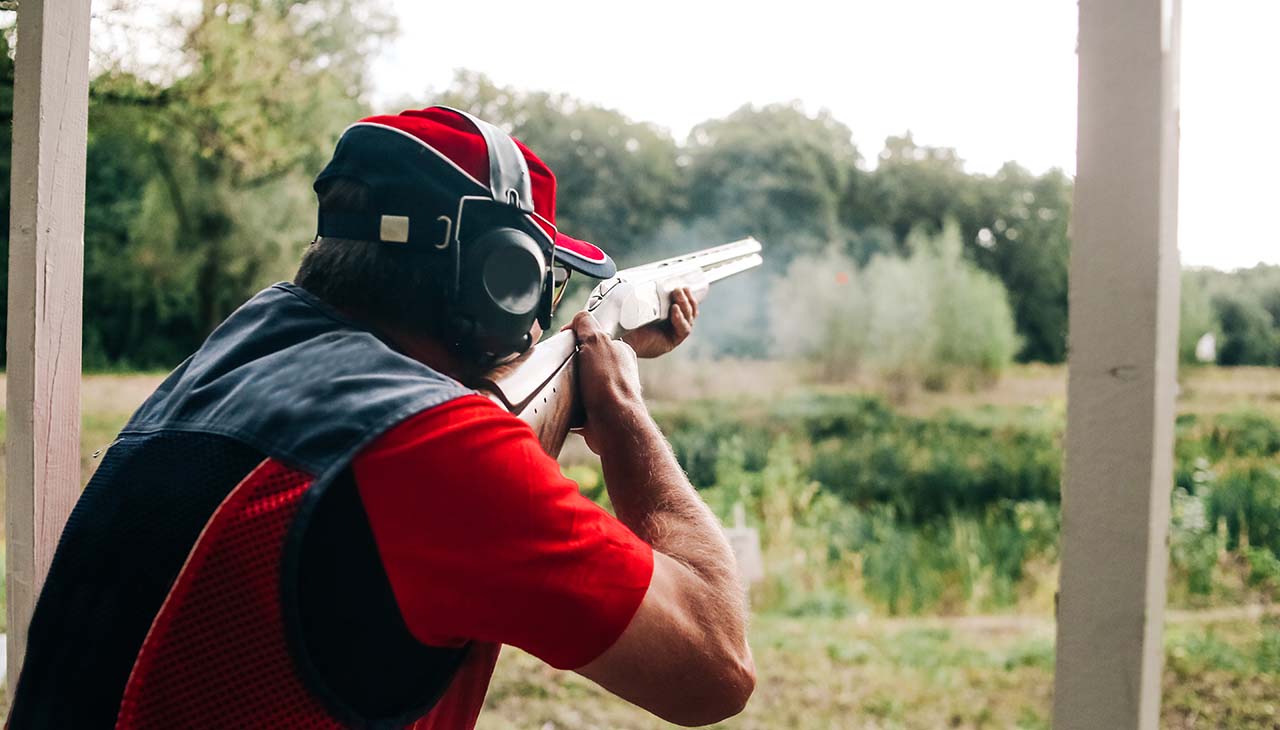Welcome to our comprehensive guide on selecting the ideal firearm, tailored specifically for our visitors at the Salt Lake City Gun Range. Whether you’re a seasoned shooter or a beginner stepping onto the range for the first time, understanding which gun best suits your needs is crucial. This guide aims to demystify the process, offering insights into various firearm types, their applications, and how to determine the right fit for you. Safety, comfort, and functionality are at the forefront of our discussions as we delve deeper into the world of firearms.
Understanding Types of Firearms
When starting your journey to choose a firearm, understanding the different types available is fundamental. There are primarily three categories of firearms: handguns, rifles, and shotguns.
- Handguns, small and lightweight, are designed for use with one or two hands. They are ideal for personal protection, and their compact size makes them suitable for concealed carry. Handguns include both revolvers and pistols.
- Rifles have a long barrel and are designed for precision shooting at a distance. They are typically used in hunting and shooting sports. The major types of rifles include bolt-action, semi-automatic, and lever-action.
- Shotguns, on the other hand, are designed to fire a multitude of small projectiles at once, making them the gun of choice for hunting small, fast-moving game. They also find use in home defense scenarios.
Each type of firearm has its strengths and applications. Deciding on the right one depends on your intended use, comfort, and the level of training you’re willing to undertake.
Determining Your Purpose
Before you select a firearm, clearly define your purpose for wanting one. Are you interested in hunting, home defense, shooting sports, or personal protection? Your intended use significantly influences the type of firearm you should choose.
For instance, if you’re hunting a large game, a rifle would be your best bet due to its precision and range. Meanwhile, for home defense, a shotgun may be more suitable due to its stopping power and ease of use. If you’re looking for a firearm for personal protection, specifically for concealed carry, a handgun would be the most appropriate choice given its compact size.
Remember, each firearm type comes with its own unique handling, safety requirements, and legal implications. Hence, it’s essential to align your purpose with a firearm type that you’re comfortable using and willing to learn about in-depth. It’s always recommended to seek professional advice and training to ensure the safe and effective use of your chosen firearm.
Considerations for Firearm Selection
In selecting your firearm, there are several factors to consider.
- Comfort and Fit: The firearm you choose should fit comfortably in your hand, and you should be able to hold it securely. Check the grip, weight, and size of the firearm. If it feels too heavy, or unbalanced, or the grip is too large or small, it might not be the right fit.
- Caliber: The caliber of a firearm refers to the internal diameter of the firearm’s barrel or the diameter of the bullet it fires. Larger calibers are more powerful but can also have more recoil. Choose a caliber that suits your intended use and one that you can handle comfortably.
- Action: This refers to the mechanism that loads and fires the ammunition. Common types include semi-automatic, automatic, pump action, bolt action, and single-shot. Each has its pros and cons. For example, semi-automatic firearms can fire relatively quickly with each trigger pull, but they may be more complex and require more maintenance.
- Price and Maintenance: Consider your budget not just for the initial purchase, but also for ongoing costs like ammunition, maintenance, and potential upgrades. Certain firearms may be cheaper to buy, but more expensive to maintain, or vice versa.
- Laws and Regulations: Be aware of the laws and regulations in your area regarding firearm ownership, carrying, and use. Some firearms might require special licensing or registration. Always ensure you comply with local law enforcement.
- Training: Be realistic about the amount of training you are willing to put in. Some firearms require more skill and practice to be used effectively and safely. If you are a beginner, you might want to start with a simpler firearm and progress as your skills improve.
Remember, making an informed decision is crucial when choosing your firearm. It’s advised to consult with professionals, try out different options at a shooting range, and take safety courses to ensure the responsible use and ownership of firearms.
Safety and Training
Above all else, safety must be your utmost priority when handling firearms. Regardless of the type of firearm you choose, understanding how to operate it safely is paramount. This includes knowing how to load and unload the firearm, how to properly hold and fire it, and how to safely store it.
- Safe Handling: Always treat every firearm as if it were loaded. Never point a firearm at anything you do not intend to shoot. Keep your finger off the trigger until you’re ready to fire, and always be sure of your target and what’s behind it.
- Maintenance: Regular cleaning and maintenance are crucial to keeping your firearm in safe, working order. Neglecting this can lead to malfunctions which can be dangerous.
- Training: Seek out professional training. This can help you understand the ins and outs of your firearm, including its operation, maintenance, and safety procedures.
- Practice: Regular practice at a gun range will not only improve your skills but also reinforce safe habits. The more familiar you become with your firearm, the more responsibly you can handle it.
Moreover, understanding the laws in your area about firearm usage is crucial. Some places require a firearm safety course before you can legally own a gun. These courses can provide invaluable information on how to handle and store your gun responsibly.
Remember that owning a firearm is a serious responsibility. Be willing to invest time to learn, practice, and understand all aspects of firearm safety and handling.

